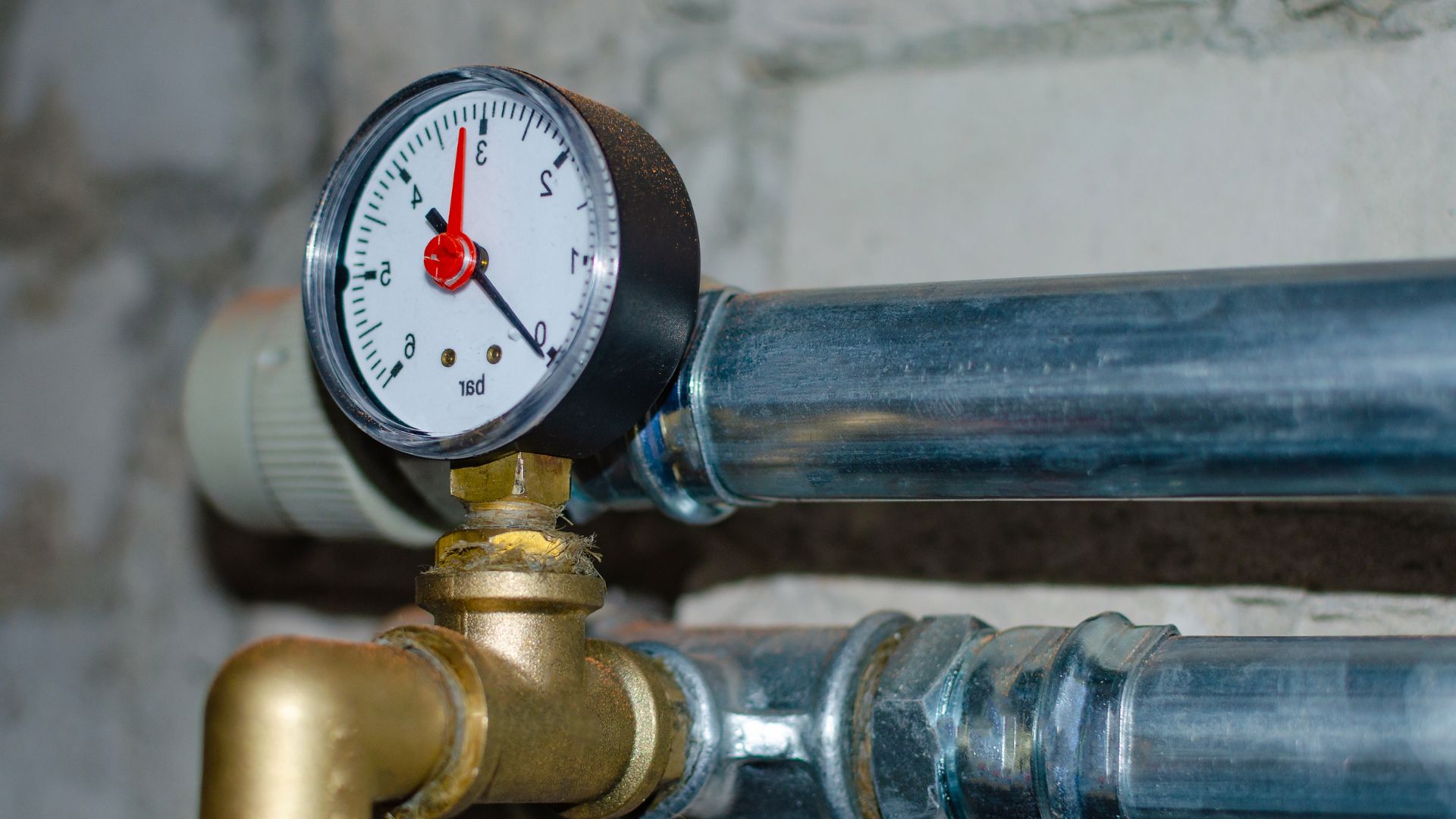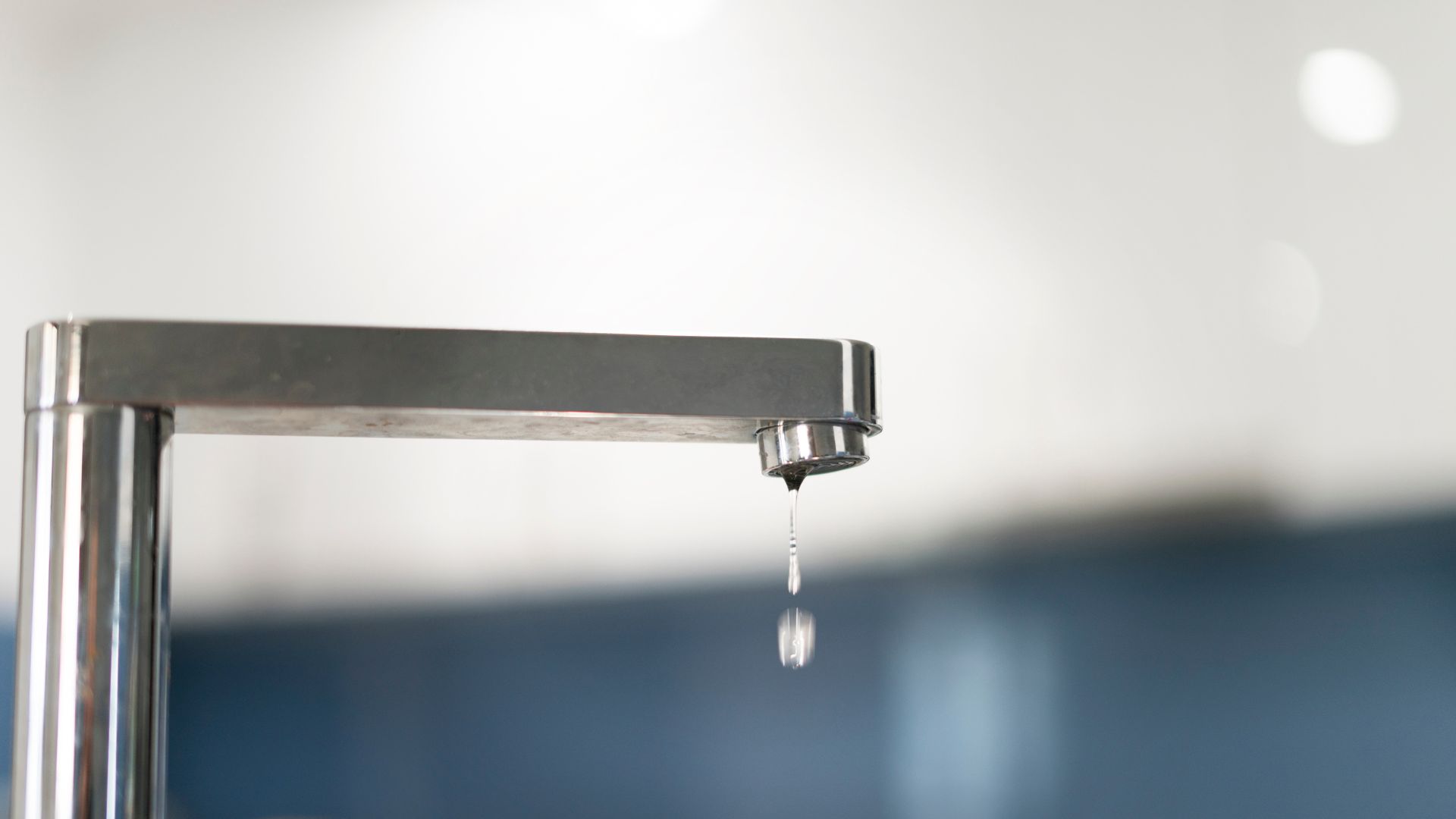7:00AM to 5:00PM
Have you ever turned on the tap for a refreshing glass of water, only to be met with a sputter, rusty tinge, or an odd odour? Most of us take clean, safe drinking water for granted, but it’s vital for our health. Unfortunately, even in our homes, a potential threat lurks in the pipes: backflow.
Backflow occurs when contaminated water from sources like drains, toilets, or ground siphons back into your clean drinking water supply. This can happen due to pressure fluctuations or faulty plumbing, and the consequences can be severe. Backflow contamination can introduce harmful bacteria, parasites, and chemicals into your water, leading to various health problems.
The good news is that backflow issues are often preventable and detectable. This blog will guide you to identifying signs of backflow in your home’s plumbing system.
Backflow refers to the reversal of water flow in your plumbing system, causing contaminated water to potentially siphon back into your clean drinking supply. Think of it like a traffic jam, but instead of cars, it’s water flowing in the wrong direction!
There are two main culprits for backflow:
While these situations might seem unlikely, they can pose a serious health risk. To prevent such an unwelcome guest, plumbing codes often require the installation of backflow prevention devices (BPDs) at specific points in the plumbing system. These devices act like one-way valves, ensuring water flows only in the intended direction.
In the next section, we’ll explore the warning signs that might indicate backflow in your home’s plumbing.

A sudden decrease or fluctuation in water pressure throughout your house could indicate a blockage caused by backflow. This disrupts the normal flow of water, leading to inconsistent pressure.
You expect clear, clean water from your taps. If your water has become discoloured ( brown, yellow, or even pink) or cloudy, it could indicate that backflow is allowing sediment or other contaminants to enter your pipes.
If your tap water suddenly tastes metallic, soapy, or has a sewage-like odour, it’s a red flag. Backflow can allow contaminated water to mix with your clean supply, affecting its taste and smell.
Clogs can cause slow-draining sinks, showers, or tubs. However, if you also hear gurgling noises from the drains, it could indicate trapped air in the pipes due to backflow.
If your toilet bowl bubbles or gurgles without being flushed, it’s a serious sign of backflow. This bubbling suggests that contaminated water or gases are trying to enter your clean water supply through the toilet bowl.
If you experience these signs, you must contact a licensed plumber immediately to investigate and address the backflow issue. Backflow can pose a serious health risk, so prompt action is essential.

If you suspect backflow in your home’s plumbing, prioritise your health and safety. Stop using the water immediately and avoid contact with potentially contaminated water. Backflow happens when water flows backward through the pipes, introducing pollutants into your clean water supply.
Contact a licensed plumber specialising in backflow prevention to ensure your safety and get things fixed quickly. These qualified professionals have the expertise to diagnose the cause of the backflow, be it a malfunctioning device, clogged drain, or pressure issue. They’ll also be equipped to repair the problem and restore your home’s clean, safe water flow. Don’t hesitate – contact a plumber today to protect your health and your home’s plumbing system.
Safeguard your home’s plumbing system and ensure clean drinking water by prioritising regular maintenance of your backflow prevention devices (BPDs). These devices prevent contaminated water from flowing back into your clean water supply.
Schedule annual inspections and testing of your BPDs by a licensed plumber. This ensures they function properly and continue to protect your property from contaminated water.
During an inspection, the plumber will check the BPD for signs of wear, leaks, or debris build-up. They may also perform a pressure test to assess the device’s ability to handle water pressure fluctuations.
Neglecting BPD maintenance can lead to serious consequences, including:
Early detection of backflow issues is crucial to safeguard your health and the integrity of your plumbing system. Watch out for unusual changes in your water pressure, taste, or odour. Slow drains and discoloured water can also indicate backflow. If you suspect a problem, don’t hesitate to seek professional help.
Look no further than Gold Coast Plumbing Company for reliable backflow services in Gold Coast. Our licensed plumbers are equipped to handle all your backflow needs, from testing and prevention to repairs and installations. We prioritise your safety and ensure your water supply remains contaminant-free. Contact Gold Coast Plumbing Company today for a comprehensive backflow evaluation and peace of mind.